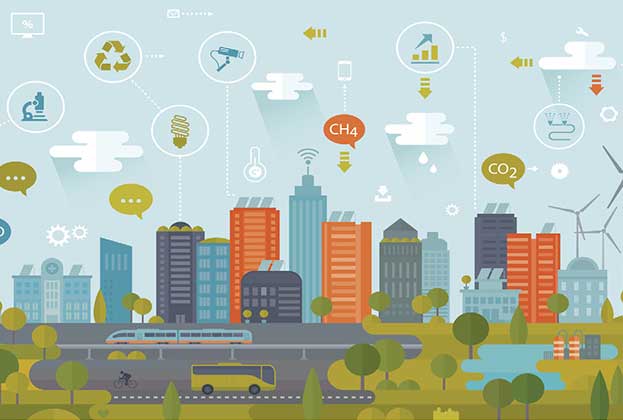Energy-consuming data centres are most exposed to higher energy prices
Data centres are the world’s most energy-intensive sector to operate. The International Energy Agency (IEA) estimates that the energy demand from data centres across the world accounted for roughly 1% of the worldwide electricity usage, excluding crypto mining, in 2021, and that it has increased since 2015 by 10 percentage points to 60%, depending on the region.
This high energy consumption of data centres is mainly due to the energy needed to cool their servers so they can stay operational. However, continuous innovations are resulting in improved energy efficiency in data centres. Savills research, using TeleGeography data, shows that the power usage effectiveness* (PUE) in data centres has improved, with the average PUE in Europe in 2022 estimated to be around 1.25 in 2022, down from 1.74 in 2005.
Besides energy costs, energy reliability is crucial for data centres as energy blackouts have a severe impact on their operations. Data centre operators make, therefore, every effort to diversify and secure energy sources. Some data centre operators are looking into the options of having on-site power generation to guarantee energy supply.
Other challenges facing the sector are the limitations in the current energy grids and the increasing resistance to the development of new data centres. For example, new schemes in London and Frankfurt have been informed that there will be no power supply available until 2026-27. In the Netherlands, the government has restricted the development of new hyperscale data centres because: “The Netherlands is too small and the scarcity of space and energy is too great to deal with the data centre development requirements”. The data centre sector is, therefore, one of, if not the most, susceptible to the energy crisis, facing challenges with increasing energy and data demand.
Read the articles within Spotlight: The impact of the energy crisis on commercial real estate in Europe below.
.jpg)





